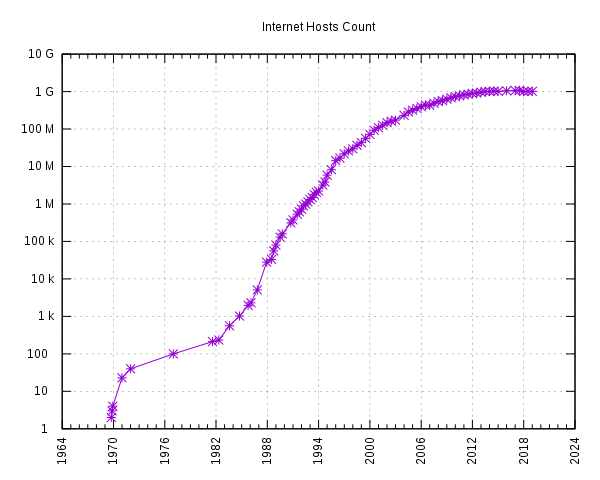In 1937 a group of UK physicists built a first multi-cavity magnetron, an instrument capable of producting short waves, for the British and American military radar installations in World War II. In 1940, as the need in more precise measurments arose, English scientists invented a valve that for the first time could produce pulses of microwave radio energy at a wavelength of 10 cm – so-called microvawes. In 1945, the heating effect of a high-power microwave beam was accidentally discovered by Percy Spencer, an American engineer employed by Raytheon at the time. Raytheon later licensed its patents for the first home-use microwave oven produced in 1955.
Source: Whirlpool.

